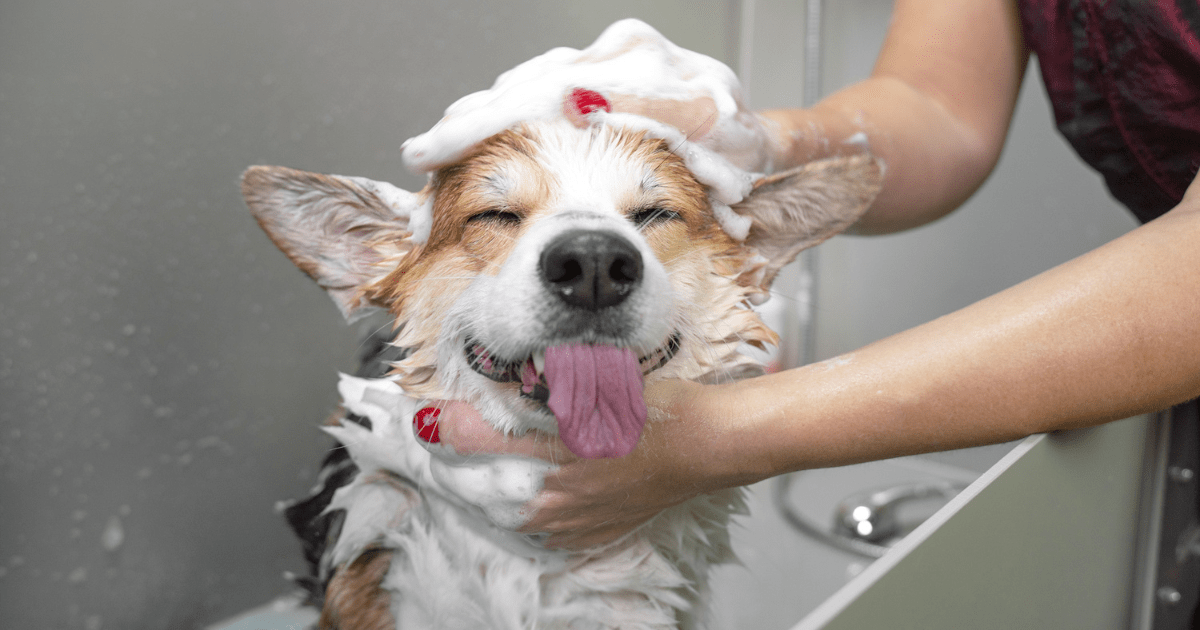
Introduction
As a new pet owner, one of the most exciting—and sometimes overwhelming—parts of welcoming a dog into your life is learning how to take care of them. You’ve already fallen in love with your adorable fur baby, but now you’re probably wondering how to keep them looking and feeling their best. Enter dog grooming!
Dog grooming for new pet owners might seem like a daunting task at first, but it doesn’t have to be. Grooming is not only about making your dog look fabulous, but it’s also essential for their health and happiness. Regular grooming helps to prevent matting, reduces shedding, maintains skin and coat health, and can even be a great bonding experience between you and your furry friend. But don’t worry—you don’t have to be a professional groomer to achieve amazing results at home!
In this article, we’ll walk you through five quick and easy tips that will make dog grooming for new pet owners a breeze. Whether you have a fluffy pup with a long coat or a short-haired dog that only needs a little maintenance, these tips will help you create a grooming routine that works for both you and your pet.
Dog Grooming for New Pet Owners: The 5 Must-Know Basics for a Happy, Healthy Pup
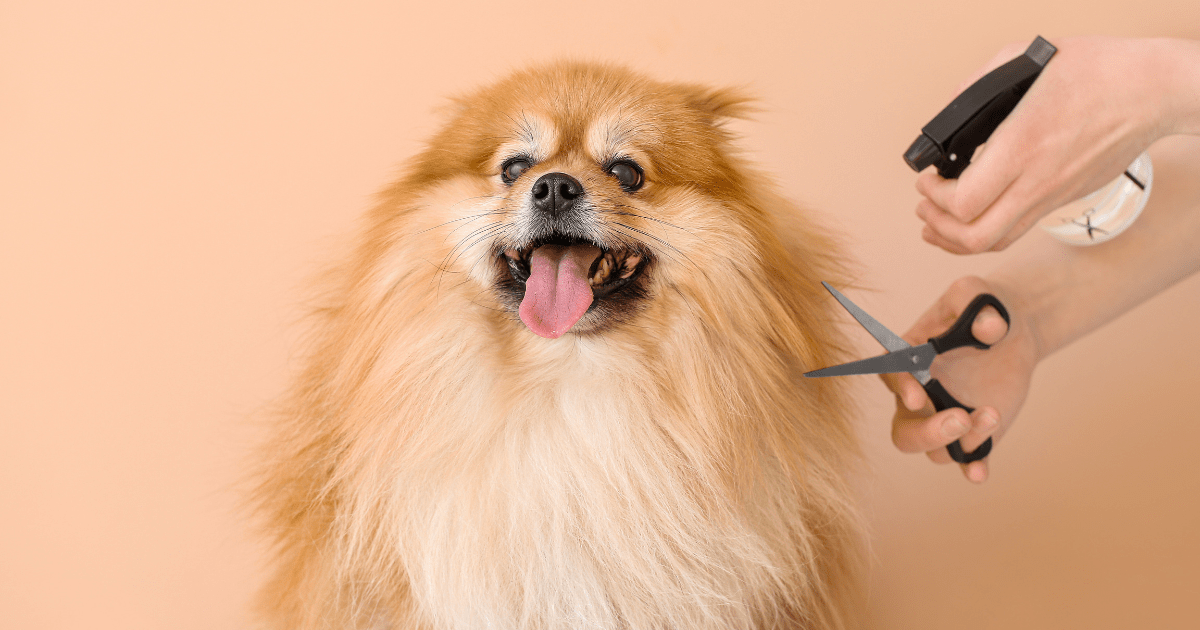
Before diving into the specifics of grooming, let’s cover the essential dog grooming for new pet owners basics that every beginner should know. These foundational practices will set you up for success and help you build a relationship of trust with your dog.
- Understanding Your Dog’s Coat and Grooming Needs: Every dog has unique grooming needs depending on their breed, coat type, and activity level. Some dogs require regular brushing to prevent matting (like poodles or collies), while others (like bulldogs or beagles) may only need occasional maintenance. Understanding your dog’s specific grooming requirements will help you tailor your routine accordingly.
- Building a Positive Grooming Experience: Grooming should be a pleasant experience for both you and your dog. Start slow, especially if your dog is new to the process, and make sure to reward them with treats and affection after each session. This will help them associate grooming with positive experiences, making future sessions easier and more enjoyable.
- Establishing a Routine: Consistency is key! Try to establish a grooming routine that fits into your schedule. Whether it’s weekly, bi-weekly, or monthly, sticking to a regular grooming schedule will keep your dog’s coat and skin in top condition.
- Taking Care of Skin Health: Healthy skin equals a healthy dog. Make sure to check for signs of dryness, irritation, or parasites during grooming. Regular brushing can also help stimulate the skin’s natural oils, promoting a shiny, healthy coat.
- Maintaining Hygiene: Grooming isn’t just about the coat—it’s also about maintaining your dog’s overall hygiene. Regularly check and clean your dog’s ears, eyes, and nails, as these areas can be prone to infections or discomfort if neglected.
By keeping these five basics in mind, you’ll be well on your way to mastering dog grooming for new pet owners and ensuring your dog remains both happy and healthy.
Tip #1: How to Make Brushing Your Dog’s Fur a Quick and Fun Routine
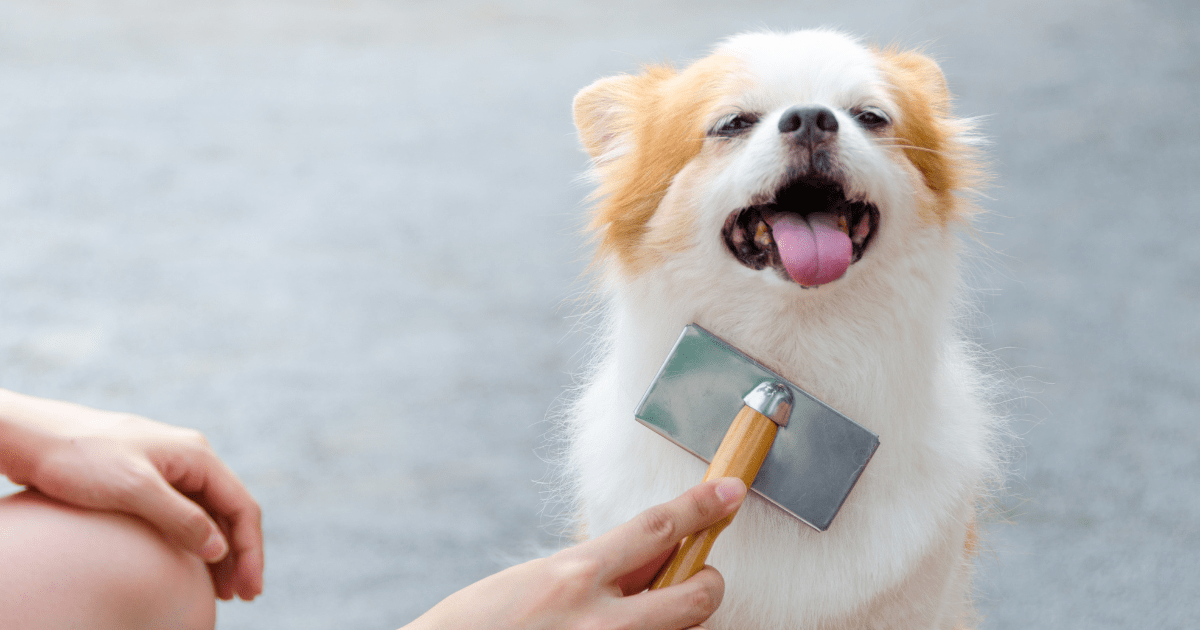
Brushing is one of the most fundamental aspects of dog grooming for new pet owners. Regular brushing helps to remove dirt, debris, and loose fur, and it also prevents matting. Plus, it’s a great way to check for signs of skin issues like hot spots or ticks. But how do you make brushing enjoyable for both you and your pup?
- Choose the Right Brush for Your Dog: The first step to making brushing a fun and effective part of your grooming routine is choosing the right brush. There are several types of brushes available, including pin brushes, slicker brushes, and bristle brushes. Long-haired dogs typically do best with a pin brush, while short-haired breeds may only need a bristle brush.
- Start Slowly and Be Gentle: If your dog is new to grooming, take things slow. Gently introduce the brush and let them sniff and explore it first. Begin with short brushing sessions, gradually increasing the time as your dog gets more comfortable. Remember, patience is key—if your dog shows signs of anxiety, take a break and try again later.
- Use Positive Reinforcement: Make brushing a positive experience by offering your dog treats and praise during and after the session. This will help them associate grooming with rewards and encourage them to stay calm and relaxed during future brushings.
- Focus on Problem Areas: Some areas of your dog’s coat may require extra attention, such as behind the ears, under the legs, or around the collar. These areas tend to mat more easily, so make sure to give them a little extra love and attention when brushing.
- Brush in a Quiet, Comfortable Space: To make the process more enjoyable, brush your dog in a calm, quiet environment. This will help minimize distractions and create a more relaxed grooming session.
By following these simple tips, you can make brushing a regular part of your routine and keep your dog’s coat shiny and tangle-free, making dog grooming for new pet owners easy and enjoyable for both of you.
Tip #2: Dog Grooming for New Pet Owners: Bathing Your Dog Without the Hassle
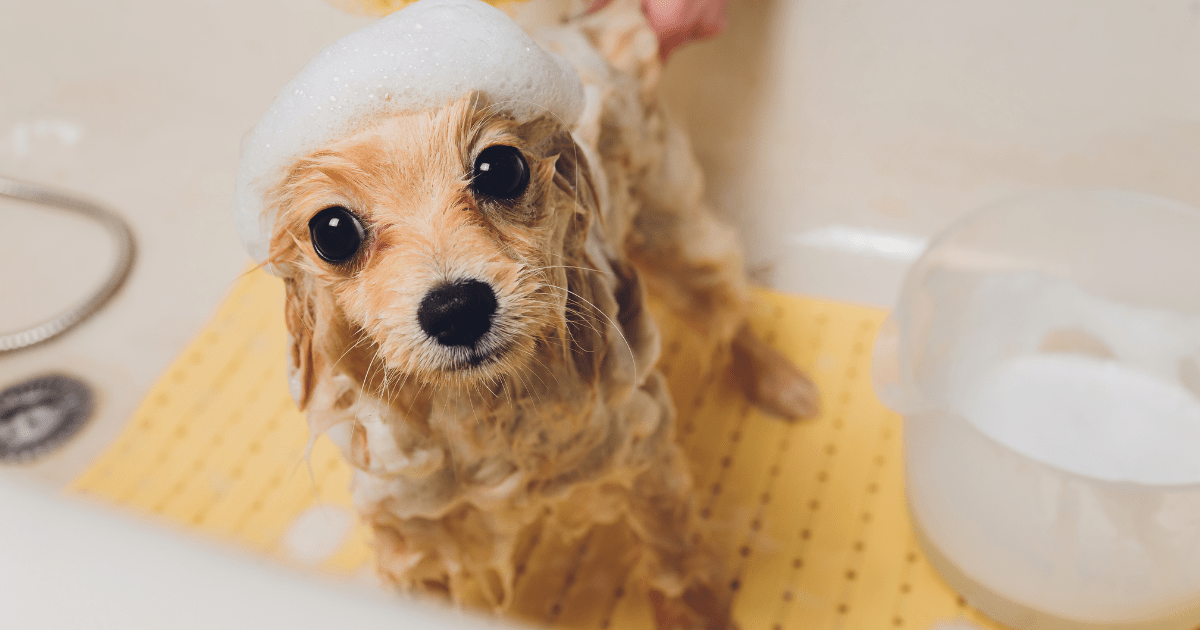
Bathing your dog can feel like a chore, but it’s a necessary part of dog grooming for new pet owners. Whether your dog loves water or is terrified of bath time, with the right approach, you can make the process smoother and more efficient.
- Use Dog-Specific Shampoo: Human shampoo can be harsh on your dog’s skin, so always use a shampoo that’s specifically formulated for dogs. Choose one that matches your dog’s coat type—there are shampoos for dry skin, sensitive skin, and even flea treatments.
- Create a Calm Environment: Try to bathe your dog in a quiet, calm area where they feel safe. If your dog is scared of the bathtub, consider using a non-slip mat in the tub to make them feel more secure or try bathing them outside with a hose.
- Start with Lukewarm Water: Make sure the water is lukewarm—not too hot or cold—so it’s comfortable for your dog. Test the water with your hand before starting the bath.
- Thoroughly Wet Your Dog: Start by wetting your dog’s coat thoroughly with the spray nozzle or cup. Be gentle and avoid spraying directly in their face, ears, or eyes. You can use a damp washcloth to clean their face instead.
- Rinse and Dry Properly: Once you’ve shampooed your dog, rinse them thoroughly to ensure all soap is removed. Afterward, gently towel dry your dog, and if necessary, use a blow dryer on a low, cool setting to finish drying their coat. Always dry your dog completely to prevent any skin irritations or infections.
With these tips, you’ll be able to turn bath time into a smooth and stress-free experience for both you and your dog, making dog grooming for new pet owners much easier.
Tip #3: Dog Grooming for New Pet Owners: Quick Tricks for Nail Trimming Success
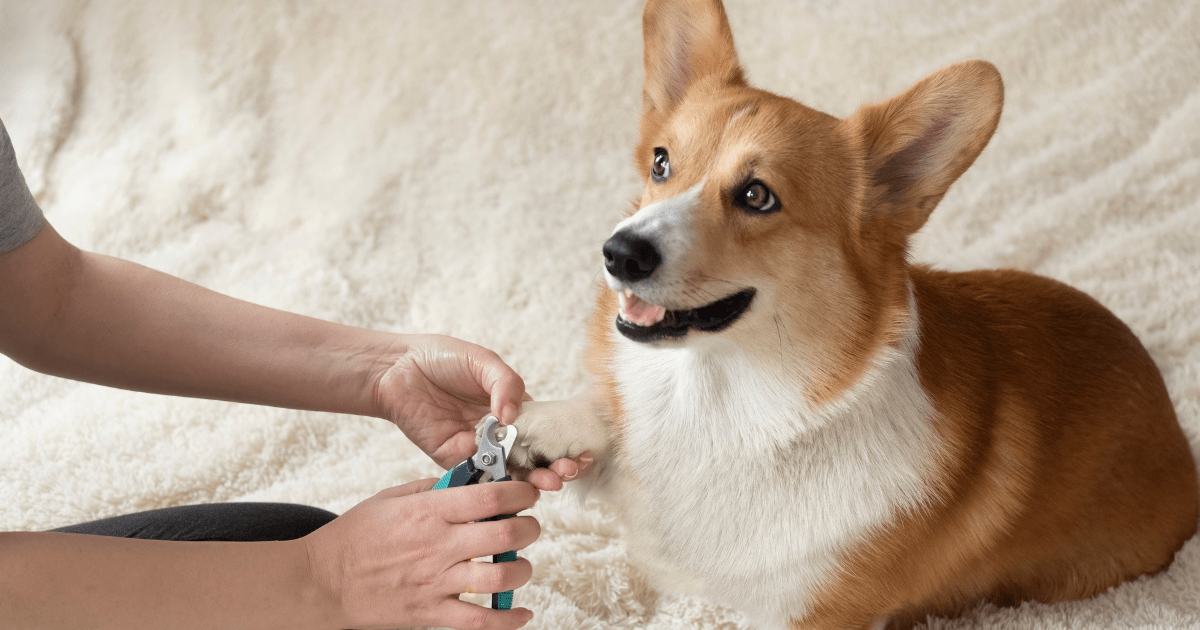
Nail trimming is one of the most important, but often dreaded, aspects of dog grooming for new pet owners. Long nails can cause discomfort for your dog and even lead to health problems like joint issues. However, with the right techniques, you can make nail trimming a breeze.
- Get Your Dog Used to Their Paws Being Touched: Before attempting to trim your dog’s nails, start by gently handling their paws. This will help them get used to the sensation and reduce any anxiety when it’s time for the clippers.
- Use the Right Nail Clippers: There are several types of nail clippers for dogs, including guillotine-style and scissor-style. Choose a pair that feels comfortable in your hands, and make sure they’re sharp to avoid crushing the nails.
- Know Where to Cut: Be mindful of the “quick,” the pinkish area inside your dog’s nail that contains blood vessels and nerves. You should avoid cutting into the quick, as it can be painful and cause bleeding. If you’re unsure, trim a little bit at a time.
- Use Positive Reinforcement: Offer treats and praise after each successful nail trim. This will help your dog associate nail trimming with positive experiences, making future sessions easier.
- Stay Calm and Take Your Time: Nail trimming can be stressful for both you and your dog, but staying calm and patient will help your dog feel more at ease. If you’re not comfortable trimming your dog’s nails yourself, consider having a professional groomer do it until you feel more confident.
Tip #4: How to Choose the Right Dog Grooming Tools for Beginners
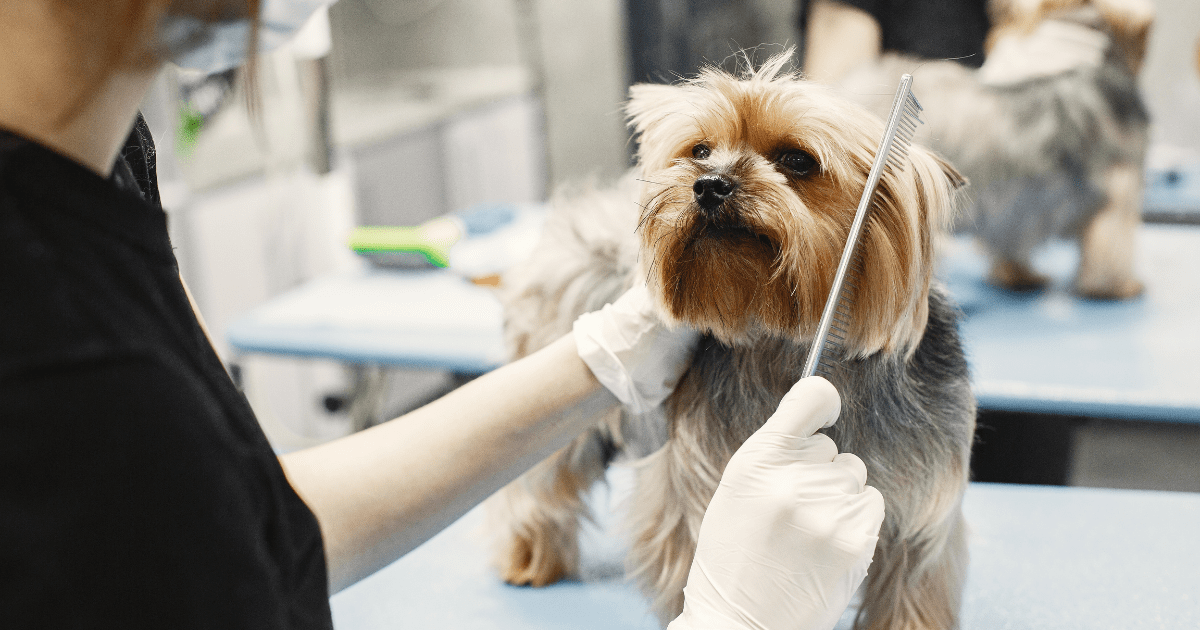
Choosing the right tools is an essential part of dog grooming for new pet owners. Using the correct tools for your dog’s breed and coat type will make the grooming process much easier and more effective.
- Brushes: There are different types of brushes for different coat types. For example, a pin brush is ideal for long-haired dogs, while a bristle brush works well for short-haired breeds.
- Nail Clippers: A good pair of nail clippers is a must-have for any pet owner. Look for clippers that are durable, easy to use, and safe
for your dog’s nails.
- Shampoo and Conditioner: As mentioned earlier, using dog-specific shampoo and conditioner is crucial for maintaining healthy skin and a shiny coat.
- Ear and Eye Cleaning Tools: Invest in soft cotton pads or wipes specifically designed for cleaning your dog’s ears and eyes.
- Grooming Gloves: Grooming gloves are a great tool for dogs with shorter coats. They help remove loose hair and debris while providing a gentle massage.
Tip #5: Dog Grooming for New Pet Owners: Cleaning Your Dog’s Eyes and Ears Made Easy
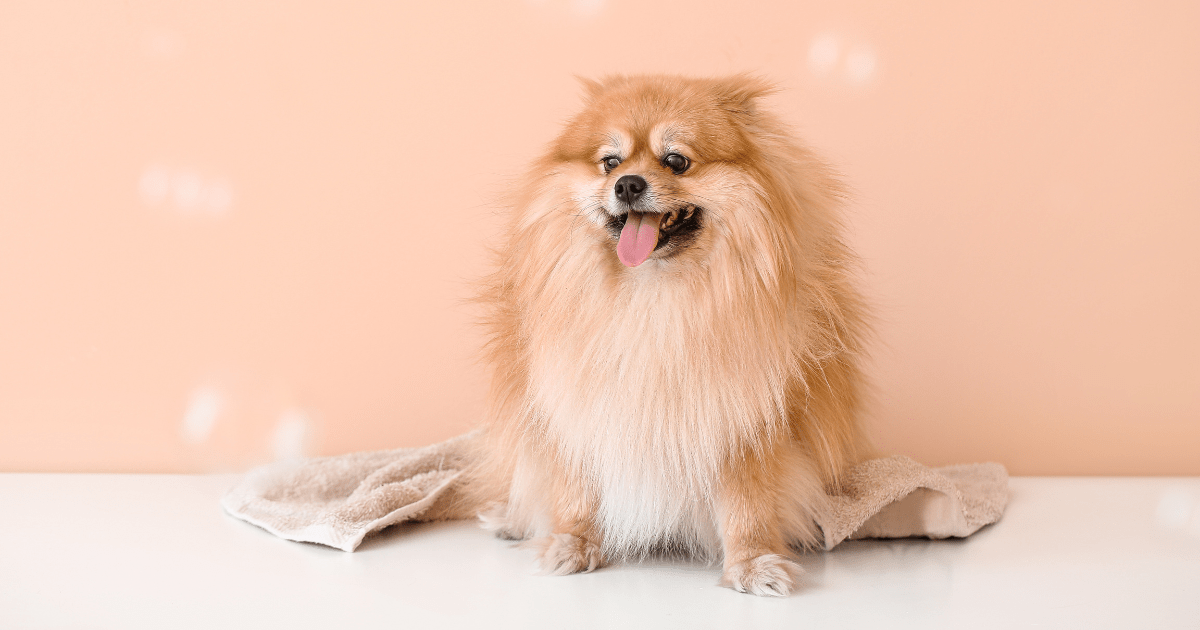
Cleaning your dog’s eyes and ears is a vital part of dog grooming for new pet owners, but it can be tricky if you’re not sure how to do it properly. Here’s a guide to keeping your dog’s eyes and ears clean and healthy:
- Check for Debris: Regularly check your dog’s eyes and ears for any dirt, discharge, or buildup.
- Use Gentle Wipes or Solutions: Use vet-approved wipes or ear cleaning solutions to gently wipe away any gunk. Never insert anything into the ear canal.
- Preventative Care: Regular cleaning helps to prevent infections, especially in dogs with floppy ears or excessive tearing.
How Dog Grooming for New Pet Owners Helps Keep Your Home Clean and Fresh
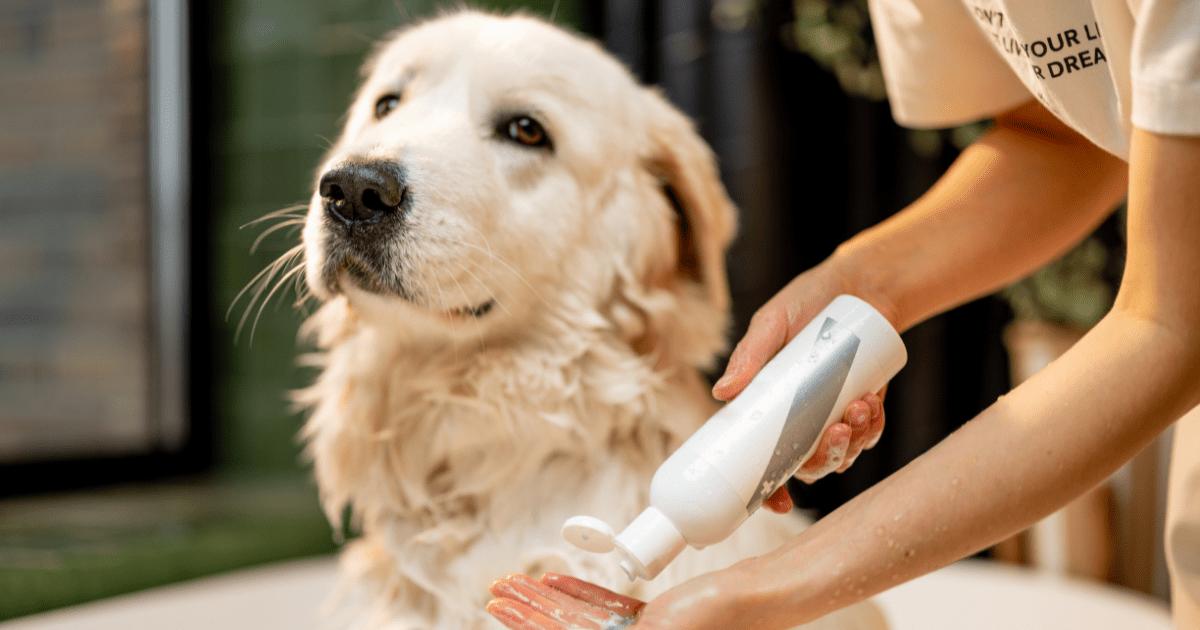
One of the often-overlooked benefits of dog grooming for new pet owners is the positive impact it can have on your home. Regular grooming reduces shedding, prevents odors, and keeps your dog healthier, all of which lead to a cleaner, fresher home.
- Less Shedding: Brushing regularly helps to remove loose fur and minimizes the amount of hair that ends up on your furniture and floors.
- No More Odors: Bathing and regular grooming keep your dog smelling fresh, which reduces the chances of bad odors lingering in your home.
- Cleaner Environment: By keeping your dog clean and free of pests, you help reduce the likelihood of parasites spreading in your home.
Conclusion
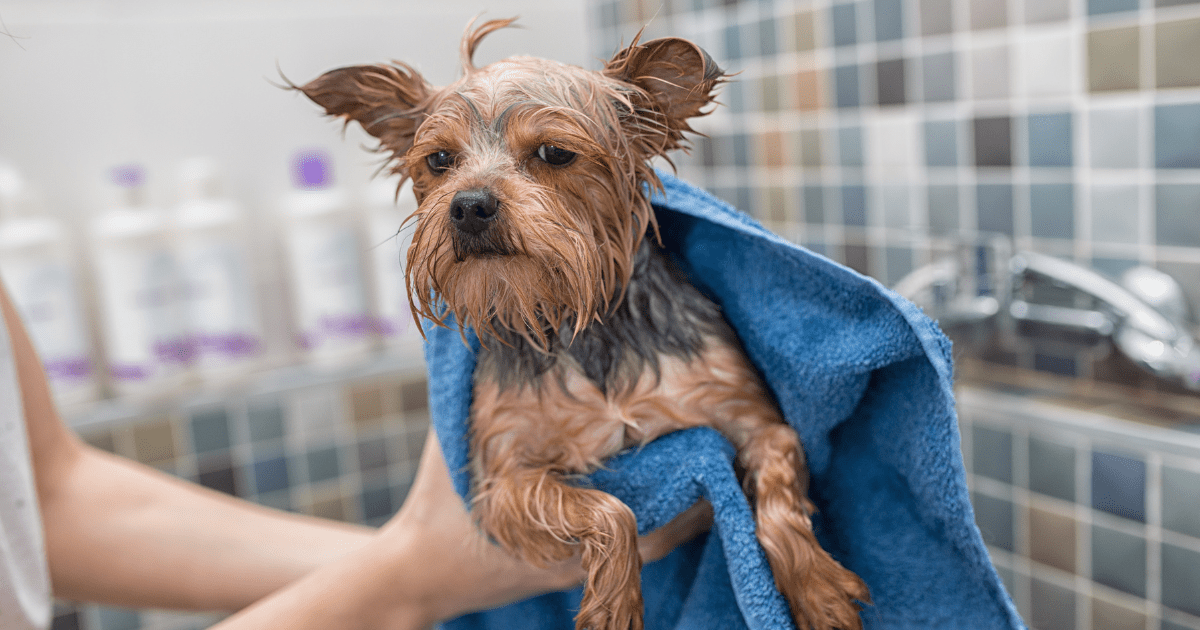
Dog grooming for new pet owners doesn’t have to be intimidating. With these five quick and easy tips, you’ll not only keep your pup looking fabulous but also ensure they remain healthy and comfortable. Remember, grooming is an essential part of your dog’s overall care routine and can strengthen your bond with your furry friend.
For more information on dog grooming and other helpful pet tips, visit The Paws Hub.